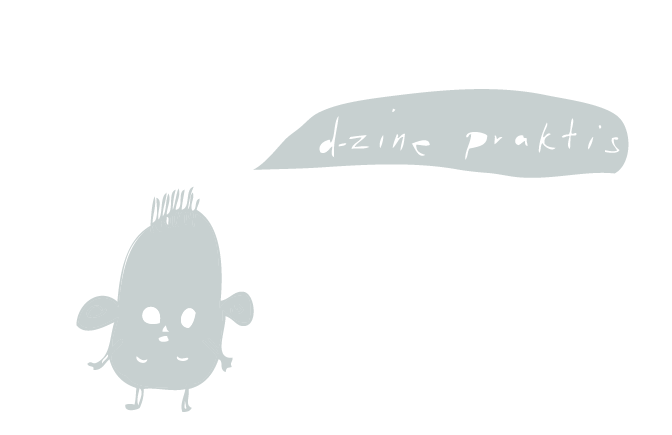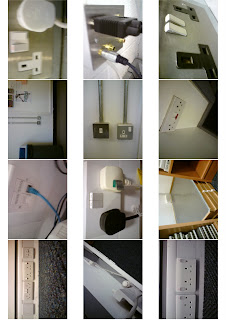My initial list of free public spaces which I found over the weekend stretched all over the city centre, however, we discussed that we needed to focus on promoting the places in the very centre (i.e. LS1), which is where a vast amount of offices are. Therefore I continued to research finding even more locations, and also marking them out on a map. I also noted down opening hours and any other information that I felt was relevent for the website.
As well as this I did some research into contemporary lunchboxes to help us with our design. Whilst researching I came arcoss an article which used the expression 'thinking outside the box", which inspired me to come up with the name "Eat outside the box". I felt it was appropriate on more than one level; it fits the lunchbox theme, also as a metaphor for eating outside the office space, and on a simple level- thinking about things in a different way and perhaps being more adventurous. The group liked this idea, and a couple of us began working on a logo that we could use to help with the branding for the lunchbox and the site, so that they would be obviously linked.

We experimented with a few ideas, but it was proving more difficult than we though to come up with something everyone agreed on, that was appropriate for the campaign. In the end we decided considering the short length of the brief that it might be better to leave it for now and focus on the other more important elements.
Arthur and Nick both came up with website designs, Nick working on the overal style and structure and Arthur more on the asthetic. In the end, after discussion we agreed on a compromise between the two, using the more formal and accessible layout of Nicks design, but using the map from arthurs. I marked on the locations and information about our chosen free spaces and wrote the blurb for the website, which was good because I felt I was able to make use of the research I had ben doing and be involved in the more creative side! There was no hard feelins in this respect, I think the best thing to do in this group work was to play to everyones skills, I just hope in the next one I will be able to adapt the project to my skills moreso than in this one!




Draft for website blurb:










